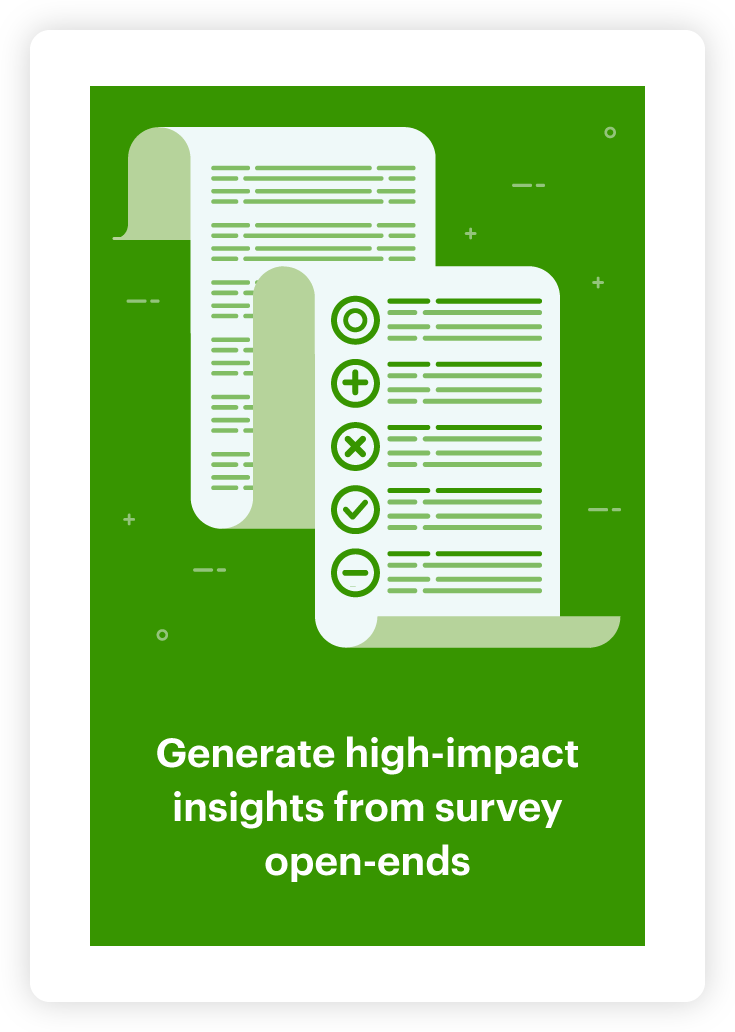Interpreting inflation for charities through survey analysis

Our cost of living series has highlighted that rising inflation is making consumers carefully consider their discretionary spend. One area of vital, yet necessary spend which could be under threat is giving to charity.
With people feeling the pinch, there’s a very real prospect that they feel the need to stop donating to ensure they can pay the bills. Is the cost-of-living crisis leading to a cost-of-giving crisis?
To find out, we conducted a survey to discover potential cuts people are planning to make in response to inflation. The questions within it asked participants to state which of the following industries they regularly spent money on:
- Charity donations
- Going out (food and drink)
- Live entertainment (sports, concerts etc)
- Luxury goods
- Streaming services
- Holidays
- Hair and beauty treatments
- Christmas
We then sought to discover which of those areas they’d be most likely to give up, and the one they definitely wouldn’t cut.
Finally, we asked a series of open-ended questions to uncover the thoughts and feelings behind these decisions. Closed survey questions are an excellent way of discovering the ‘what’, but it’s through open-ended questions that you discover the ‘why’.
However, manually combing through open-ended responses is a laborious process often influenced by a researcher’s inherent biases –such as looking for examples to back up their already-formulated hypothesis. This is where survey text analysis proves invaluable.
We uploaded the survey results into Relative Insight’s survey analysis platform. The tool uses comparison to help surface insights from open-ended responses. It also enables users to segment closed questions to create fascinating comparisons and limitless data points.
What did our comparisons unearth in this case? A very mixed picture.
Family over charity
In terms of numbers, 19.9% of respondents stated they were most likely to cut charity donations as the cost of living soars. However, that doesn’t really tell us anything tangible. We looked at their open-ended answers to understand why.
Our survey text analysis initially compared responses from those who would cut out charity donations against those who rated it as their number one priority. There was a clear focus on families; the word ‘family’ appears infinitely more – meaning people prioritizing giving to charity didn’t use this word at all.
“I love to help others when I can but when times are hard I would want to give to my close family first, I may cut down in order to do both.“
We also compared reasons from respondents willing to sacrifice giving to charity with those who said they would give up something else. Three key linguistic features emerged – all connected with providing for families.
They were 14.8x more likely to use the word ‘needs’, with respondents highlighting that they were prioritizing their own and their family’s needs in this tough time. They also used the word ‘possible’ 7.0x more, again in the context that they would donate if possible, but other priorities came first.
“I love to help charitable causes wherever possible as there are so many in need but it isn’t always possible especially in the current climate with the rising cost of living.“
There was one key phrase to sum up this group’s feelings: ‘charity starts at home’. This appeared infinitely more in their responses, and again highlighted that helping their family comes first.
“Charity starts at home in times of crisis unfortunately.“
Awareness over what giving up charity donations means for others
While respondents who were deprioritizing donations had valid reasons, they didn’t feel good about it. When discussing their feelings, they were 3.5x more likely to use language relating to ‘bad’, including the words ‘awful’, ‘horrendous’ and ‘terrible’. They were also 14.8x more likely to use the word ‘guilty’, clearly demonstrating that stopping their regular donations would weigh heavily upon them.
“It would make me feel guilty and horrible.“
There was also clear evidence of respondents trying to caveat their explanations. They were 16.1x more likely to use the word ‘but’ and used ‘would’ 2.0x more. Participants were keen to justify not only their reasons for dropping donations and were quick to say that they ‘would’ donate if they could afford it.
“I would not feel good at all about it but I would see it as the obvious choice. Depriving my kids of things in order to donate doesn’t feel realistic.“
“I would love to give to charity more often but I have to prioritise myself and my needs which often leaves me with no money left.“
Those still donating think about others AND themselves
The difference in responses between those deprioritizing donating to charity and those making it their number one priority is stark. In terms of the numbers, one-third of respondents said that they would maintain their donations above all other discretionary spending. Why they’ll carry on giving is intriguing – it’s as related to self worth as helping others.
By donating to charity, respondents clearly felt better about themselves. Our survey text analysis found that they were 2.7x more likely to use language related to contentment, including the word ‘blessed’. While this might not be the main reason for donating to charity, donor dopamine is certainly a byproduct.
“I feel I’m blessed with a good life and don’t have to worry and I like to give back to other people.“
There was also a clear preference for people over products and for supporting others over making other purchases. Survey participants were 2.4x more likely to use the word ‘people’, used the word ‘help’ 3.0x more and were 3.1x more likely to talk about ‘others’.
“It makes me feel good to give to charities and the needy people. It gives good karma.“
A combination of self worth and altruism are defining traits in those continuing to donate to charities.
Survey analysis pinpoints potential charity messaging
The mixed responses from our survey demonstrates that, while talk about a cost-of-giving crisis might be hyperbolic, charities are facing some donors cutting their spending. However, our analysis has identified some areas organizations can hone in on to dissuade existing givers from reducing donations and to encourage more people to make a contribution.
At a time where positivity is at a premium, suggesting a sure-fire way of feeling good will appeal to people. Emphasizing the sense of self worth offered by giving to charity might persuade potential donors to give their money to others, rather than opt to spend it on themselves.
Donors’ use of the word ‘but’ is also something charities could build around. A finely balanced campaign that’s sensitive to people’s circumstances, yet highlighting that excuses or “ifs and buts” aren’t going to help those in need, might convince those tempted to cut back that there will be consequences in doing so.
For a less pointed campaign, charities could look to offer easy ways for people to cut donations now in exchange for paying more when inflation has eased. Given donors would feel guilty about completely cutting their support, offering them an avenue where they can manage their finances yet still feel like they’re helping people could help charities to build an even stronger relationship with them.
Whatever course of action charities choose to take, it’s clear from our survey text analysis that they’ll need to be creative in finding ways to convince cash-strapped people to prioritize donations as inflation starts to take its toll.
